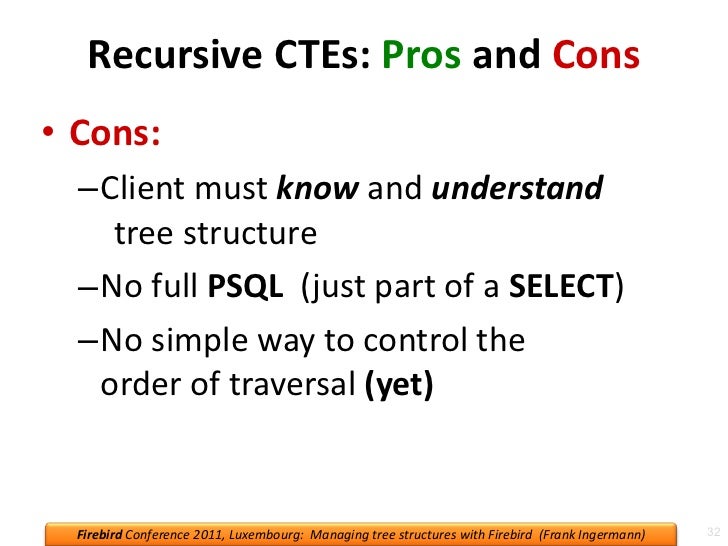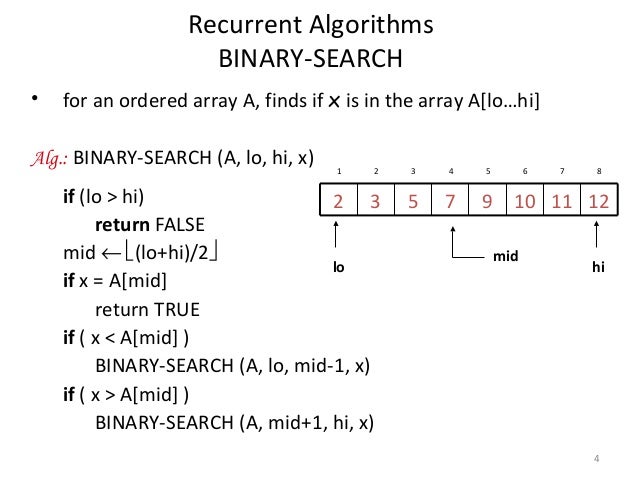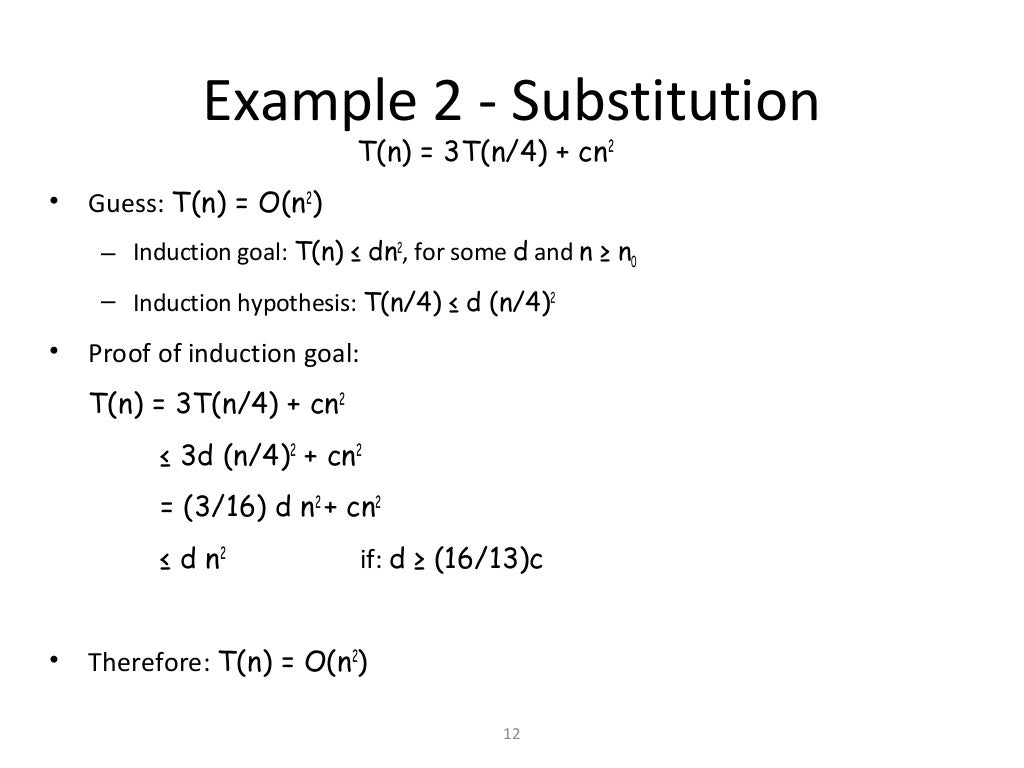

- #NAMECHANGER RECURSIVE HOW TO#
- #NAMECHANGER RECURSIVE FOR MAC#
- #NAMECHANGER RECURSIVE INSTALL#
A recursing resolver is a full-service resolver which can traverse the tree to find an answer to a query. #NAMECHANGER RECURSIVE HOW TO#
Most client systems have a stub resolver, which knows only in a very basic fashion how to query a DNS server and how to receive an answer, but which does not contain logic for following a delegation chain from the root. If it does not know the answer it will attempt to find it for the querying client.Ī resolver is (collectively) the set of functionality that a DNS-aware system uses to query DNS. "I don't know that answer, but you can talk to server so-and-so, who answers questions for this subdomain.), or with an NXDOMAIN or similar error.Ī recursive nameserver is one that satisfies queries by asking other nameservers for the answer, traversing the tree from the root level of the DNS tree if necessary. Unless it is also a recursive nameserver (a practice which is generally deprecated) it will answer only with authoritative data from its own store (which can come from a zone master file, from a copy of that data transferred from a master server, from a database, from dynamic DNS, be built in, etc.) or with a referral (e.g. Please note that "resolver" and "nameserver" are not exactly synonymous, and that you ask about a nameserver in the first case and a resolver in the second.Īn authoritative nameserver is one that satisfies queries from its own data without needing to reference another source. This is an oversimplification, as there are other things in play here, like caching records. That DNS server would return the proper records, which would be passed all the way back down to the client. That DNS server would do the same, until the query reached a DNS server that was authoritative for. My DNS server would be set to send queries for domains for which it is not authoritative, to another DNS server. In order for my DNS server to resolve, it would need to use recursive lookups (via Forwarders or Root Hints). However, if a client needed to access, and they queried my DNS server, it would not have records to resolve that domain. If clients needed to access, they could query my DNS server and they would get an authoritative response. 
So, for example, If I have a a DNS server in my network that holds an A record for, my DNS server would be authoritative for the domain. A recursive resolver would be a DNS server that queries an authoritative nameserver to resolve a domain/ address. Users who frequently need to rename files in bulk will find this app very useful.An authoritative Nameserver is a nameserver (DNS Server) that holds the actual DNS records (A, CNAME, PTR, etc) for a particular domain/ address.
#NAMECHANGER RECURSIVE FOR MAC#
However, there is no "undo" function, which would have been a welcome option.Īlthough all Macs come pre-installed with Automator, which basically performs the same function, there's just no comparison with NameChanger for Mac in terms of ease of use. It also allows you to edit the date of the file created. The app will show you a sample of the new file name in real time, which is very convenient. For example, a batch of photos, including DSC390003, DSC390004, and DSC390005 could be renamed London 03, London 04, and London 05. This is perfect for users who need to organize a bunch of files on their Mac. It replaces the original text of the file or folder with a new custom text. While the app has only one, pretty basic function, it is very useful. Upon startup this application will greet you with a clean, tidy, and easy-to-navigate user interface.
#NAMECHANGER RECURSIVE INSTALL#
To install NameChanger for Mac you just have to drop the app into the Applications folder. While not too complicated for inexperienced users, this app will keep advanced users more than satisfied with the level of customization offered.


With NameChanger for Mac, users can now rename their files quickly and easily in just a snap. Having to rename a bunch of files manually every time can be labor-intensive.








 0 kommentar(er)
0 kommentar(er)
